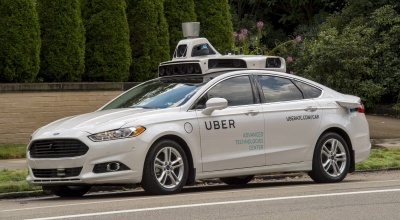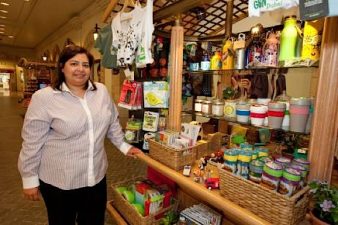Elon Musk is known as the founder of SpaceX, a pioneer in the commercialization of space travel and Tesla, a company named after a brilliantly mad high-voltage inventor of the nineteenth century and known for its electric cars. So what happens when this visionary sets his eyes on America’s decaying public transportation infrastructure?
The result is hyperloop, a futuristic type of tube transportation which combines the best of air travel with the best of rail.
That’s right you saw the phrase rail, tube transportation and futuristic in the same sentence. No, I’m not talking about the sweaty London Underground or the smelly New York subway system or even Turkey’s impressive Marmaray undersea tunnel. I’m talking about something that combines the magic of The Polar Express with the sleek practicalities of an iPhone.
If you’ve ever visited a drive-up bank, you’ve seen a small-scale version of hyperloop technology. That pint-sized cylindrical vehicle which carries your checks, identification, cash and IOUs quickly and safely to and from you bank teller via pneumatic tubes is the basis for the hyperloop concept.
Buildings in New York and other great cities relied on such pneumatic networks long before the age of Facebook and email. Scale everything up so that it can carry passengers the 570 kilometers from Los Angeles to San Francisco at a speed of at least 962kph (almost 600mph) and you have what Elon Musk calls Hyperloop, a fifth mode of transportation.

The idea itself isn’t entirely new. Anyone who has stood on a subway platform has noticed the wind that announces the arrival of each train. It turns out that air friction is one of the primary limitations on subway speed and efficiency.
By pumping air out in front of the train and compressing it behind the train, you not only reduce friction, you can actually propel the train through the tube. Back in 1868, Alfred Ely Beach, then editor of Scientific American magazine, designed and built a pneumatic passenger transport under Broadway in New York City.
To avoid hassles with building permits, “The Beach Pneumatic Transit Company” project was developed in secrecy under the false premise that it would only transport packages and mail.
The company eventually failed but fast forward 145 years and Elon Musk believes the concept can be brought back to life on a much grander scale. But even Musk knows it limitations.
The design intentionally limits speed to mach 0.98 to limit noise, turbulence and environmental damage. Musk admits that over very long distances, air travel would probably be more efficient but that hyperloop’s sweet spot is “high-traffic city pairs that are less than about 1,500 km or 900 miles apart.”
Video on how Hyperloop Travel works
Los Angeles and San Francisco fit into this range. But so do many of the great cities of the Middle East. Will we one day be able to travel from Tel Aviv to Cairo, Istanbul to Ankara or Riyadh to Abu Dhabi in less time than it takes for city traffic to get across town?





The current hyperloop looks to cost one hundred billion per two hundred and fifty miles and require two billion per length to operate annually. At fifty dollars a trip this requires a transit pod with fifty passengers (not six which would be a thousand dollars a seat) every minute and in both directions.
A US hyperloop network could be paid for in full by an annual lottery over twenty years, each selling two billion tickets at five hundred dollars. A lottery breaks down as 250 billion in tax, 50 billion lottery management, 300 billion prizes ( being 1 x 100 billion, 10 x 10 billion, 100 x 1 billion), and 400 billion for the hyperloop.
It means we can raise eight trillion dollars, six trillion to build it and two trillion, the interest on which will fund its annual operation as a free service.